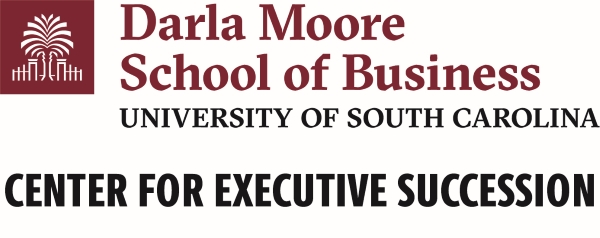Document Type
Report
Abstract
This year’s HR@Moore Survey of Chief HR Officers examined traditional aspects of the CHRO role. It also examined the weaknesses of a CHRO’s predecessor and what current CHROs believe determine success in the role. The survey also examined the processes associated with succession failures among members of the C-Suite (CEO, CFO, CMO, CIO, CHRO, Business Leaders etc.); this report concerns this last issue. We began by interviewing 7 CHROs each of whom had over 10 years experience in CHRO roles, and most across different companies. These interviews consisted of the critical incident technique where we asked them to recall and discuss a C-suite hire (one an internal promotion and one an outside hire) that within 6-9 months it became apparent that this person was the wrong hire. Based on the interviews, we developed questions we then asked participating CHROs in the 2015 HR@Moore survey of CHROs. CHROs estimated in the survey that approximately 12% of external C-suite hires failed (compared to 30-50% estimates in our interviews) and that roughly 9% of internal promotions to C-suite positions failed (compared to 10-20% estimates in our interviews). The combination of our interviews and the survey also revealed that while it is typically clear within 6-12 months that a succession mistake occurred, the individual often remains in the position for more than two years, likely compounding the mistake. The survey results also make it clear that mistakes for outside hires are more costly than mistakes associated with internal hires. Our findings also show that the primary cause of failure unique to internal promotions was an inability to scale an executive’s capabilities to the requirements of a new, more demanding, role. The primary cause of external failures appears be an inability to develop trusting relationships, particularly with members of the Executive Leadership Team (ELT). Results also indicated that failures were also likely (for both internal promotions and external hires) if there was a mismatch of the job requirements and the person. Our interviews and surveys also revealed that the succession process is often adversely affected by decision-making biases. By combining the role that decision-making biases play in creating failures with the reasons why promotions or new hires fail, we develop specific suggestions for how to improve the process. These suggestions are in the general categories of building the job profile, assessing the candidates, and the process by which decisions should be made.
Publication Date
2015
Disciplines
Business
Copyright
© 2015, University of South Carolina
Publication Info
2015.


